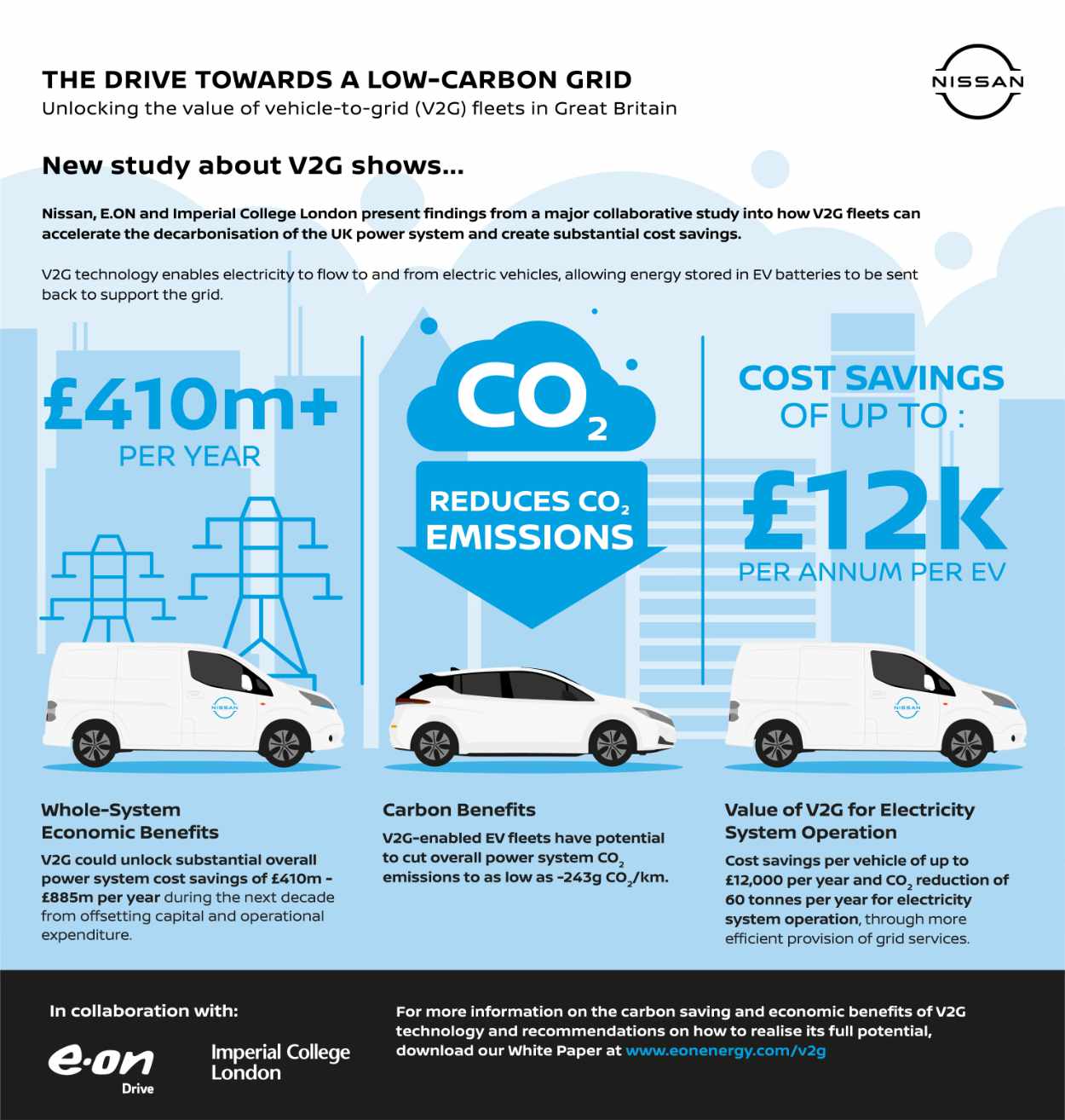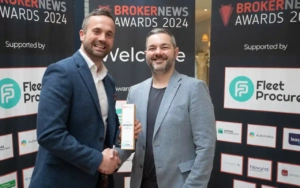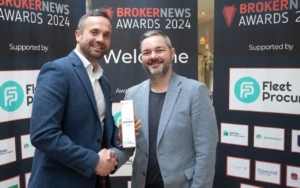ELECTRIC vehicle (EV) car subscriptions are a trend that’s getting increasingly popular, backed by companies both established and brand new to the market. Chief among these new entrants are energy giants, seeing an opportunity to expand their reach to customers by wrapping everything into an energy ecosystem.
As car subscriptions increase, it is electric vehicles in particular that are grabbing customers’ attention, and proving the perfect launch pad for new suppliers in the vehicle subscription market.
Many existing leasing brokers could use subscription offers to their advantage, growing existing customer numbers and adding new ones to their order books. However, it is not only established brokers and vehicle manufacturers that are getting involved in providing vehicles in the same way as customers get their mobile phone, but energy firms are taking the chance for an holistic approach to driving.
It’s not clear which energy firm was the first to market in entering the car subscription space, but now most traditional and new energy providers are also car subscription providers. Names such as Octopus Energy, Gridserve, Ovo, and EDF are providing electric vehicles for customers – sometimes through their own systems, and other times partnering with existing leasing providers – bundling up car, charger, and energy tariff into one neat package.
For those that want to save money and/or go green, it’s a simple way to make a huge change in someone’s driving habits, and something that has never been a success in the world of internal combustion vehicles. There’s no established Shell or BP vehicle subscription service after all.
EVs - a problem or opportunity?
Electric vehicles are becoming increasingly commonplace on UK roads. Only a few short years ago, the chances of seeing one EV during a trip was slim. Now, if you don’t see more than one or two, it’s unusual. And it’s all to do with drivers – particularly business drivers – switching to plug-in models thanks to advantageous benefit in kind.
Leasing customers have been a significant driver of the number of EVs reaching UK roads, and subscription offers could dramatically increase the success of EVs further for brokers, using all-in-one car platforms from specialists such as Loopit.
Whether the main attraction for drivers is environmental, tech-biased, or driving costs, it’s clear that EVs are often much cheaper to drive than petrol or diesel models, even with the current high levels of electricity costs. Of course, plugging in an electric car, with its large battery, to a home supply means that electricity costs increase dramatically – sometimes by as much as 40% – but these are off-set by the removal of petrol or diesel costs. And this is where the energy providers have seized their chance, seeing a potential problem as an opportunity.
By bundling everything up with an EV, an energy company can not only get customers to switch or stick with them as a car provider, but also as an energy provider. Beneficial rates exist for those driving electric vehicles and charging at home, reducing the cost per kWh to only a few pence when charging off-peak. This can reduce pence per mile motoring to as little as 4p/mile, compared to 15-20p/mile for a comparable internal combustion car.
Integration - future-proofing the concept
Those thinking energy-companies-becoming-vehicle-providers is a flash in the pan, that is simply not likely to be the case. It’s not just in the here and now that can see benefit for customers – and, of course, energy firms – but in the years ahead too. By capturing customers on EV deals, they are locking customers in to not only the car, but also the energy tariff, plus the chance to sell additional products. The big concept on the horizon is vehicle-to-grid (V2G) charging.
This sees a vehicle able to discharge its battery to the house (or other building) it’s plugged in to, providing electricity to it rather than the National Grid. This counters the long-held argument that if all the cars in the UK were electric, the supply wouldn’t be able to cope.

Vehicle-2-Grid charging
A White Paper from Nissan, E.ON Drive and Imperial College London explored how the bi-directional charging capability of electric vehicles (EVs) could contribute to lower emissions and help achieve long-term goals in relation to climate change. Professor Goran Strbac, chair in Electrical Energy Systems at Imperial College London said at the time of the launch: “Our research has demonstrated that V2G can provide very substantial economic benefits to the power system as well as reduce carbon emissions. This revealed that the additional flexibility provided by V2G fleets can considerably improve system efficiency and reduce investment in new low-carbon generation, while meeting national decarbonisation targets.”
By plugging an EV in during peak periods, using part of its battery charge to support household needs, and then charging off-peak overnight or during the middle of the day, an EV can provide a solution to a theoretical problem.
Any V2G-enabled EV can do this, but to make the most of its capabilities, home energy storage, and also home electricity generation, are required.
This sees a household almost able to live off-grid, or at least with significantly reduced energy demands on the grid. This might sound like bad news for energy companies, but in fact, it has great benefits for coming years.
By enabling EV drivers to charge their car during periods of low-energy demand, and then provide power to buildings during high demand, it reduces the investment required by companies to strengthen the grid and build renewable sources of electricity – solar panels, wind turbines and the like – on huge scale.
As such, offering an EV package now, with car, charger, and energy tariff bundled together, it’s merely the next stage in hooking customers in to an energy service that is increasingly holistic. Now we have cars, next home energy generation & storage, next… who knows? But this is just the first step in energy providers incorporating cars, rather than a blip in the market.
Find out how Loopit's car subscription service could work for you

Broker News Awards 2024 in pictures
The Broker News Awards 2024 took place at the Orrery in London’s Marylebone. Here are the pictures to remember the event

Broker of the Year 2024 winner profile: Synergy Car Leasing
Synergy Car Leasing was voted Broker of the Year 2024 by the judging panel – here’s the winner’s profile supported by Leasing.com

Broker News Awards 2024 – the winners
The Broker News Awards 2024 – supported by Fleet Procure – produced outstanding winners, with Synergy taking the Broker of the Year title

Broker News Newsletter 24 April 2024
Catch up on the latest leasing broker news in the 24 April 2024 Broker News newsletter

Leasing broker fleet down, but BCH is rising: analysis of BVRLA broker survey H2 2023
Analysis of the BVRLA leasing broker survey for H2 2023 shows the broker fleet is down, but BCH is on the rise

Novuna Vehicle Solutions and Select Lease by Mobilize add support to the Broker News Awards
Novuna Vehicle Solutions and Select Lease by Mobilize add support to the Broker News Awards 2024, which takes place in London on 25 April



